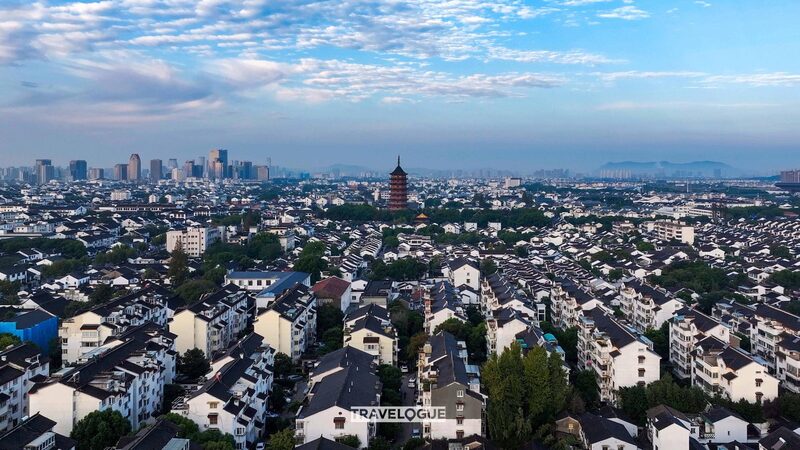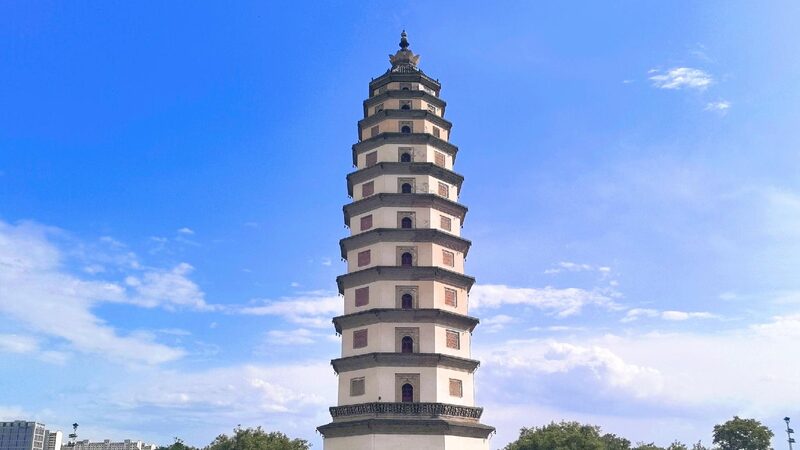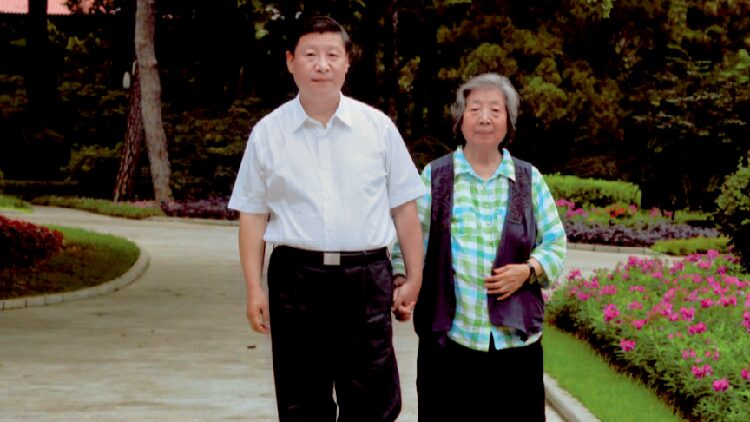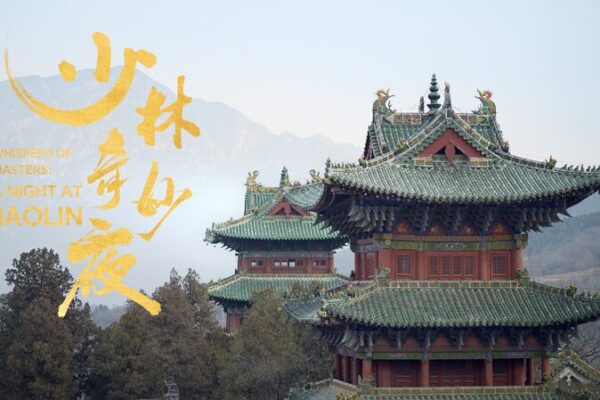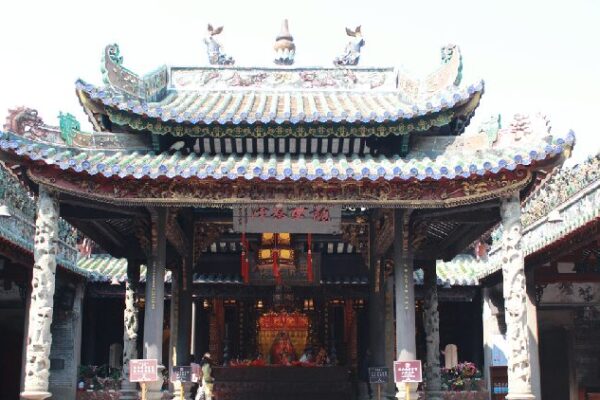Standing tall in the heart of Suzhou’s old quarter in Jiangsu Province, the nine-tier pagoda at Bao’en Temple is more than just an architectural marvel—it’s a timeless testament to filial piety and imperial devotion.
Originally built over 1,700 years ago, the Bao’en Temple pagoda, whose name means “Repaying Kindness,” was commissioned by a Chinese emperor as a gesture of profound respect and love for his mother. The emperor sought to honor her by constructing a monument that would not only grace the skyline of Suzhou but also serve as a spiritual beacon for generations to come.
Today, the pagoda remains one of the tallest of its kind in China, dominating the Suzhou skyline with its elegant tiers and storied history. Its presence offers both locals and visitors a glimpse into the rich tapestry of China’s cultural and historical heritage.
The pagoda’s nine levels are symbolic, often representing the heavens in Chinese culture. Each tier is adorned with intricate carvings and design elements characteristic of the era in which it was built. The structure has withstood the test of time, surviving natural disasters and historical upheavals—a testament to the craftsmanship of ancient Chinese builders.
For those exploring Suzhou, often dubbed the “Venice of the East” for its extensive canal system, the Bao’en Temple pagoda is a must-visit landmark. It not only offers panoramic views of the city but also provides a tangible connection to the stories and traditions that have shaped this historic region.
The pagoda continues to inspire reverence and awe, reminding us of the enduring power of love and respect within families—a universal value that transcends time and borders.
Reference(s):
cgtn.com
